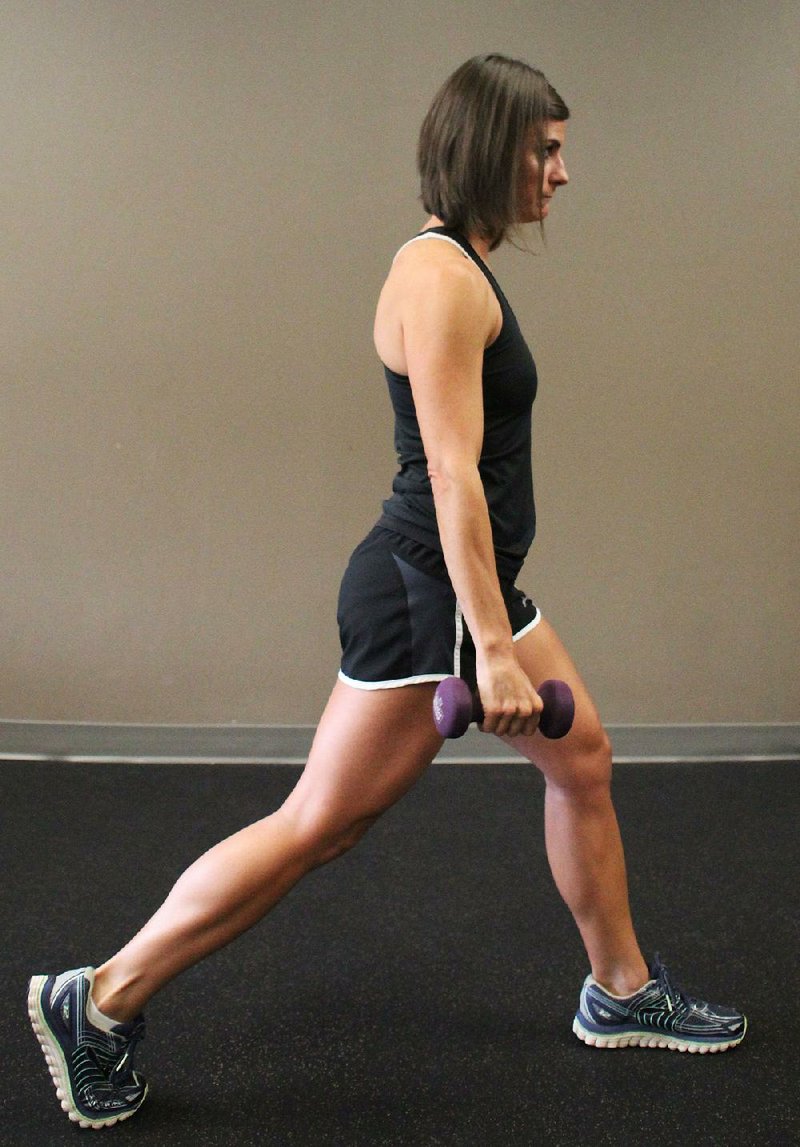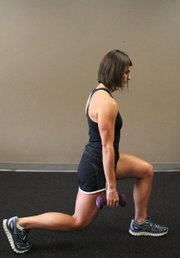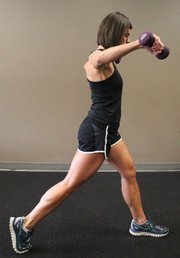In any training program, how well you repeat yourself is a make-it-or-break-it variable. If you perform great repetitions, time after time, you're likely to achieve your goals. If you don't, more than likely, you won't.
No matter how much weight you lift or how many repetitions you perform, poor form will always drag down progress.
This week, I'll discuss a few ways to ensure your repetition quality remains high even when you're working very hard. Plus, I'll introduce an exercise that requires top-notch form for best results.
For the vast majority of strength-training exercises, there is a "model" form that should be followed for best results. The squat, leg press and biceps curl are common exercises whose correct form has been well defined. In these cases, it's easy to find a video to watch so you can mirror proper form with your own movements.
The luxury of having a model form to refer to is largely unavailable with functional exercises and movements that are slightly more home-grown. Unless you have access to a personal trainer with an extensive knowledge of exercise physiology, it can be difficult to find a good resource to guide you into the best posture. So it is imperative really to understand the components that go into high-quality repetitions.
First, in general, think about the speed of your reps. Each repetition should last approximately four seconds, in total, with two seconds on the "down" phase and two seconds on the "up" phase. Adhering to this pace is a good first step, because it ensures that both phases are performed with the same amount of momentum, as opposed to one slow (less momentum and therefore more muscle contraction) and one quick (more momentum and less muscle work).
The second element of good repetition is using a full range of motion. Any joint has a normal anatomical range of motion that is appropriate for exercising specific muscles. Understanding which muscles are involved and how they can move the limbs that come together at the joint -- without causing harm -- is essential for determining the correct range of motion to use for a particular exercise.
It sounds simple, and controlling repetition speed and performing a full range of motion are really the only two components required for performing a good repetition. One would suspect that most people could easily manage repetition quality by monitoring these two elements. And yet, as someone who struggles with form on certain movements, I can attest that it's definitely not as easy as it sounds.
This week's exercise is a tricky one because it combines two commonly isolated movements into one total-body exercise. Adhering to proper form during the Split Squat to Lateral Raise will take concentration, balance and a little discipline.
1. Select a pair of light dumbbells and hold one in each hand.
2. Position your feet for a lunge with one in front of the body and one behind. Your arms should be hanging at your sides and fully extended.
3. Lunge downward by bending both knees.
4. Just as the back knee is about to reach the floor, reverse direction to stand back up. As you do this, simultaneously lift both arms to shoulder level at the sides of your body. The weights should reach shoulder level just as your legs reach full extension.
5. Go right into the next repetition by bending the knees and lowering the dumbbells simultaneously.
6. Perform two sets of 12 repetitions.
This movement is a fantastic total-body exercise that will certainly challenge your ability to adhere to good form.
With the arms and legs working simultaneously, balance can be difficult and that can cause the movement pattern to change slightly. To combat this, try focusing your vision on one very small spot in front of you. This will hone your visual field and reduce balance problems dramatically. Enjoy!
Matt Parrott has a doctorate in education (sport studies) and a master's in kinesiology and is certified by the American College of Sports Medicine.
vballtop@aol.com
ActiveStyle on 10/05/2015


